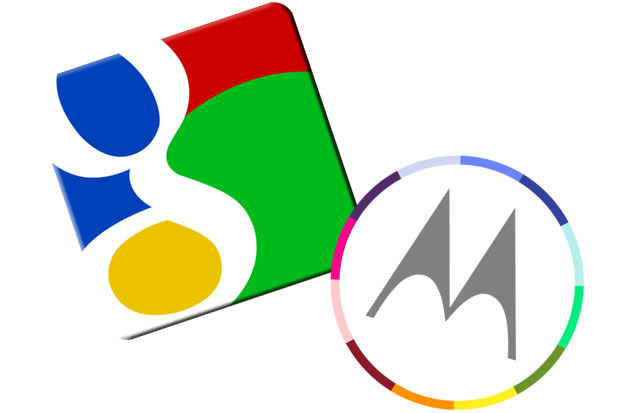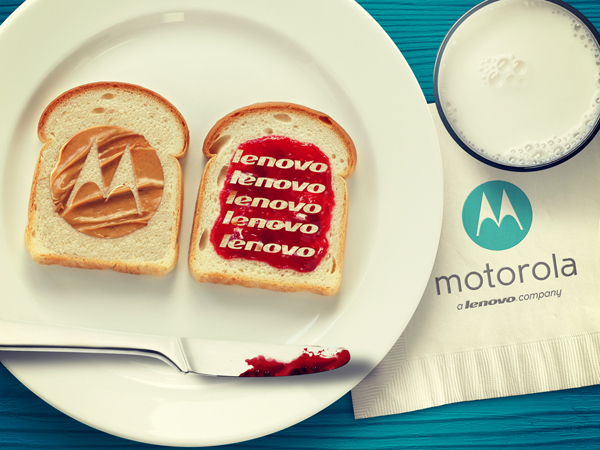Exactly five years ago, a major event happened for the company Motorola: the search giant Google announced its desire to acquire the division Motorola Mobility for 12.5 billion dollars. I propose to recall and analyze the main milestones on the path of the company's development from that moment to the present day.

Under the 'wing' of Google
The sale of the mobile division Motorola, which ended in May 2013, was widely discussed in the press and in the user community. But above all, it made many manufacturers Android – devices worry. Many saw the acquisition as a sign of a threat from Google and rushed to develop their own “fallback” solutions in case the “corporation of good” was able to oust major competitors from the market. Why are vendors so scared?

The most significant asset Motorola at that time was their rich portfolio of patents. With their help, Google wanted to protect itself from its plagued patent litigation. A reasonable step, especially since at that time things were not going at all for Moto, as they would have liked. Yes, and the new 'owner' got a kind, you will not say anything. In addition to patents, Motorola could only boast of a firm place in the hearts of many members of the user community, who at that time believed and hoped that their beloved company would stay afloat and be able to oppose something to the market leaders. And the company had trump cards up its sleeve.
Moto X release
Already in August of the same 2013, the Moto X was announced, assembly and customization took place on a new line in Fort Worth, Texas, based on the former Nokia factory. The first US-built device was greeted with enthusiasm, which was partly due to the presence of the Moto Maker. Of course, not everyone liked the fact that the smartphone did not officially appear in Europe until February 2014, and we never saw official deliveries of the device in Russia. With less fanfare, the Droid line for Verizon was introduced, but we can see that they exist to this day, the operator even has the exclusive right to sell the new Z line smartphones.

Moto X attracted with its versatility and pleasant design that inspired reliability. Together with branded 'chips' Android, the new product stood alone in the market, certainly attracting the attention of users. As already mentioned in one of the past materials, the Moto Maker project continued, outgrew the X line, survived the assembly line in Texas, and, to be honest, the company itself in the form in which we knew it. Thus, a vector was set for visual innovation, supported by solid technical characteristics.
November of the same year was marked by the appearance on the market of the first device of the budgetary G series. It would seem, what is it about smartphones of this price segment? To the surprise of many, the device hit Europe, the US, India and Latin America, becoming the best-selling Moto smartphone. Success? Undoubtedly. The second half of 2013 was a good year in terms of trying to get back into the market and creating a favorable image. On the side Motorola was a powerful 'guardian', which made many fans of the brand very happy, who dreamed of a cloudless future for their beloved company, but this was not destined to happen.
Lenovo Moto
Having received the desired patents, Google very soon realized that it was time to get rid of the asset that did not bring the expected income. And already in the first quarter of 2014, news outlets vied with each other about the unexpected purchase Motorola of Mobility by a Chinese manufacturer Lenovo. I want to dwell on this point in more detail and speculate on what caused such a deal.
Let's try to understand Google's motives first. Yes, the mobile division turned out to be a less profitable asset. But the main goal was fulfilled, the entire multi-year portfolio of patents Motorola was now owned by Google. It would seem that profit seems to be a secondary matter, let the factory make original smartphones for itself, there is media noise, there will be some demand too. Most importantly, there is now a way to defend against forensic patent attacks Apple. However, as I said, many OEMs got scared of direct competition from Google, which in their opinion could start producing smartphones Motorola under their own brand, and began to create third-party OS 'just in case'. Samsung became especially nervous, 'threatening' to refuse to use Android in their devices in favor of their own Tizen OS. Having weighed the risks, Google, apparently, decided on a truce and sold Motorola Mobility, albeit for a little less than $ 3 billion, but thereby retaining the 'face' as an honest and unbiased software seller. Still, the collaboration between Google and Motorola Mobility helped bring the not-so-successful but memorable Nexus 6 to market.
What was the goal of Lenovo? At that time, the Chinese manufacturer had a developed business selling PCs and laptops, which was facilitated by the ThinkPad and x86 projects acquired from IBM. Over time, leading positions in this business ceased to please the management, since the PC market stopped developing and the company decided to try its hand at smartphones. Why not, there are production facilities in the USA, there is a well-promoted brand, there are funds, and most importantly, there is an opportunity to enter the unattainable market of North and South America at that time. Moreover, Lenovo can make a 'feint with the ears' and offer ready-made solutions for business in the style of 'smartphone + laptop'. In place of Blackberry, many would feel uneasy. But the company now has absolutely no time for this, here is a completely different story. Where does the Chinese manufacturer have such courage? Under the terms of the purchase of the mobile division Motorola, Lenovo received about 2 thousand patents under the terms of cross-licensing, so the company is not afraid of possible lawsuits, it has something to answer.
The attack on Western and world markets has begun, the new X / Droid series devices have already shown that the brand still has potential, and the Z series has become the first in many ways, which was also already described on the pages of AMR. It remains to wait for the start of international sales, it is quite possible that they will be at a good level. Many feared that Motorola as a brand would be forgotten when the division moved to the camp Lenovo, however, it only changed the name and continued its development and return to the former 'heights'. Let's see if Lenovo will manage to convince numerous skeptics and gradually bring Moto to the previous level, or even to a higher level.

